Vietnamese farmers can now stand shoulder to shoulder with farmers in other countries applying technology and science - engineering, including drones (unmanned aerial vehicles - UAVs) to increase production efficiency. However, the application of drones in agriculture still has many shortcomings that need to be resolved to maximize efficiency.
From helicopter dreams to drones
At the April 30 parade in Ho Chi Minh City, Vietnamese farmers decorated a large model of a drone on a float. Modern agriculture in Vietnam now has drones flying over the fields to serve many production tasks.
In the late 1970s and early 1980s, the Golden Rice Farm in the middle of Dong Thap Muoi in Long An province used military helicopters to sow rice and fertilize fields of hundreds and thousands of acres. In the past 10 years, drones have gone from appearing in some places, on an experimental basis, to recently flying "airships" of drones over fields in the delta with large plots. In early April, during a trip back to his hometown in a remote area of Long An province, we asked Mr. Tu Mot, a farmer in his 80s, about rice farming. Mr. Tu excitedly said: "Farming is now more enjoyable than ever. Plowing, harvesting, and drying rice by machine was something many years ago. Nowadays, sowing rice, spreading fertilizer, spraying pesticides, etc. are all done by drones. Hiring services is also convenient and the price is competitive." Drone applications have been considered a solution to support farmers worldwide for many years, especially in small-scale production in Asian countries. Drone applications are very diverse in agricultural production such as mapping, crop inspection and monitoring, seed sowing, pesticide spraying, irrigation monitoring or livestock grazing.
According to DJI Agriculture’s 2023/2024 Drone Industry Insights Report, the worldwide adoption of drones in agriculture is a testament to the transformative power of emerging technologies in agricultural production. By the end of June 2024, an army of more than 300,000 agricultural drones of various types had helped treat more than 500 million hectares of farmland worldwide . Many countries are now loosening regulations, classifying agricultural UAVs as low-risk aircraft and providing guidance on their use for spraying, similar to regulations for ground-based equipment.
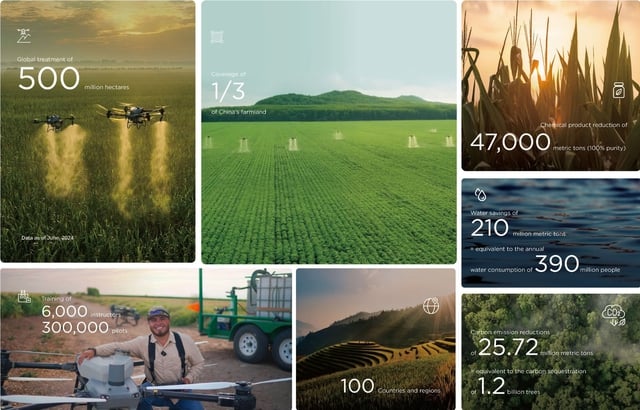
Drones are widely used in agriculture around the world. Photo: DJI Argiculture
Need the State's cooperation
It is a fact that the application of drones in agricultural production has convinced farmers because it brings them many practical benefits. Even in terms of labor, it also helps solve the labor shortage when more and more people of working age in rural areas "leave their farms and their hometowns", leaving the countryside to go to cities and industrial parks to work.
MarketsAndMarkets researchers believe that favorable government policies, subsidies, and regulations coupled with increasing investments by market players to promote the use of digital agriculture tools such as drones are acting as drivers for the agricultural drone market. Public-private partnerships are creating innovation in developing suitable solutions. Extensive education and training are also being conducted to help farmers understand the capabilities of drones, enabling them to use the tools appropriately and efficiently.
In reality, in Vietnam today, agricultural drone services are mainly spontaneous and individual. Meanwhile, this is a type of service with special elements that need to be closely monitored by authorities. There have been many opinions about tighter management of agricultural drone services, both to create conditions for service providers, including individuals, to operate more stably and profitably, and to ensure flight safety and the use of plant protection drugs. The use of drones for fertilizing, spraying pesticides... has been regulated in Decree No. 36/2008/ND-CP of the Government. Accordingly, there are many regulations and standards that any group or individual who wants to use drones in agriculture must comply with. For example, drone operators must be 18 years of age or older, have civil capacity and have a flight control license issued by a competent authority. Because agricultural drones are specialized flying devices, their control must meet higher standards, different from other types of drones. But the reality is that the issue of flight licenses and flight certificates is still inadequate and lax. Particularly dangerous for the environment and detrimental to crops is the indiscriminate use of drugs, mainly depending on the "dosage and indications" of the drone service itself.
The world has long recognized the benefits of applying drones in agricultural production. Therefore, there needs to be a suitable solution for drone application to be able to exploit and promote technology optimally in agricultural production; there needs to be effective cooperation and coordination between the State (relevant agencies) - farmers - drone service providers.
Save and reduce exposure to pesticides
After 2 years (2021 - 2022) of field testing of pesticides to prevent plant pests using UAVs chaired by the Plant Protection Department (Ministry of Agriculture and Rural Development, now the Ministry of Agriculture and Environment), the set of "TCCS 830:2022/BVTV Standards on testing" was born. The results show the potential for applying drone technology to spray pesticides, especially on crops such as rice, corn, and fruit trees with equivalent or higher levels of prevention; saving, minimizing exposure to pesticides; saving working hours.
Source: https://nld.com.vn/drone-dua-nong-nghiep-cat-canh-196250517204910442.htm


![[Photo] Prime Minister Pham Minh Chinh attends the World Congress of the International Federation of Freight Forwarders and Transport Associations - FIATA](https://vphoto.vietnam.vn/thumb/1200x675/vietnam/resource/IMAGE/2025/10/08/1759936077106_dsc-0434-jpg.webp)




![[Photo] Prime Minister Pham Minh Chinh inspects and directs the work of overcoming the consequences of floods after the storm in Thai Nguyen](https://vphoto.vietnam.vn/thumb/1200x675/vietnam/resource/IMAGE/2025/10/08/1759930075451_dsc-9441-jpg.webp)




![[INFOGRAPHIC] Bigme HiBreak Pro Color, Smartphone for book lovers](https://vphoto.vietnam.vn/thumb/402x226/vietnam/resource/IMAGE/2025/10/08/1759930976900_info-dt-docsach-02-jpg.webp)


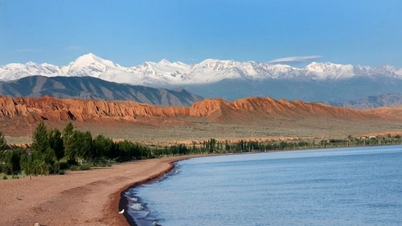


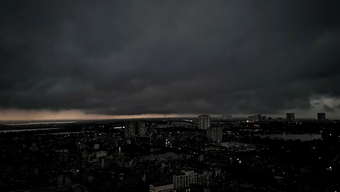
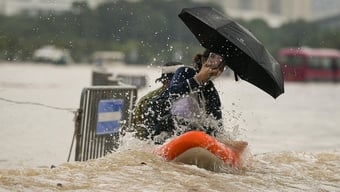
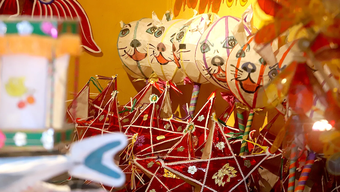



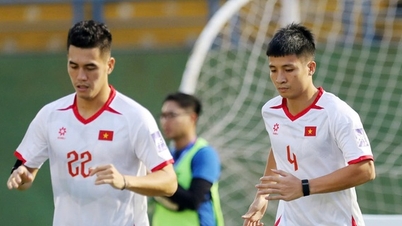


![[Photo] Closing of the 13th Conference of the 13th Party Central Committee](https://vphoto.vietnam.vn/thumb/1200x675/vietnam/resource/IMAGE/2025/10/08/1759893763535_ndo_br_a3-bnd-2504-jpg.webp)


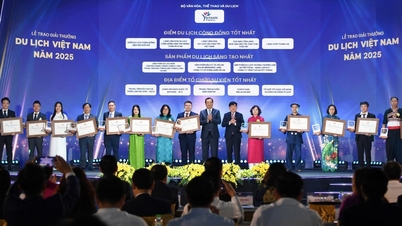





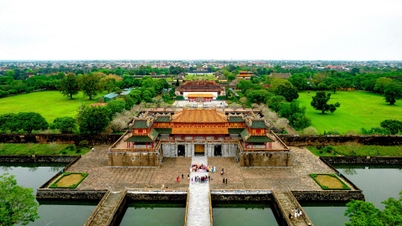




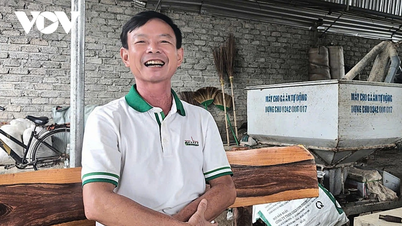

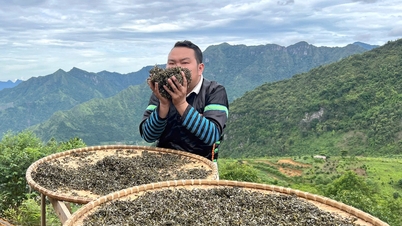



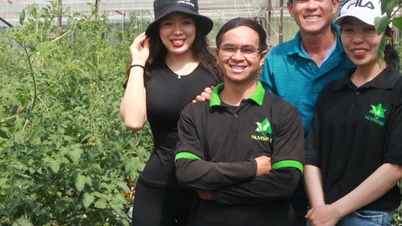

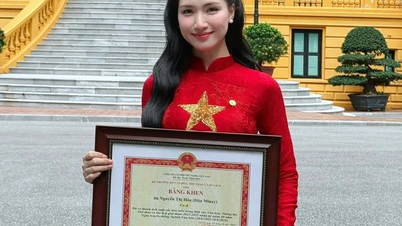
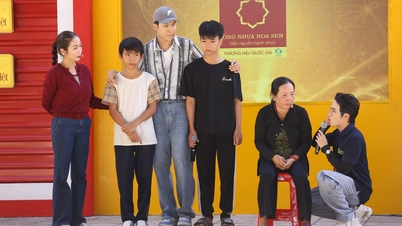
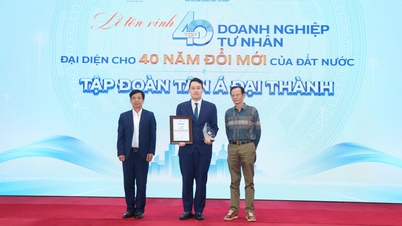

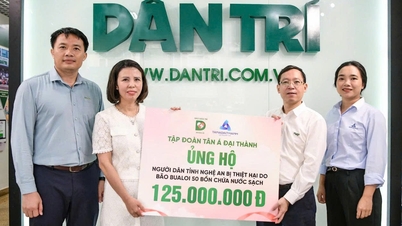


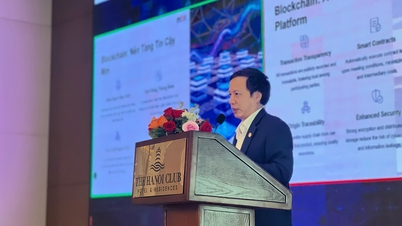







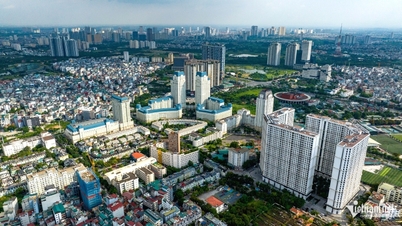
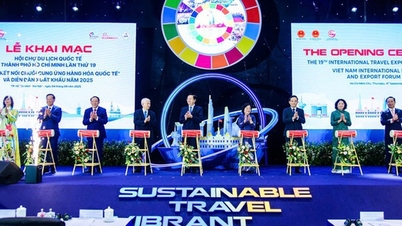




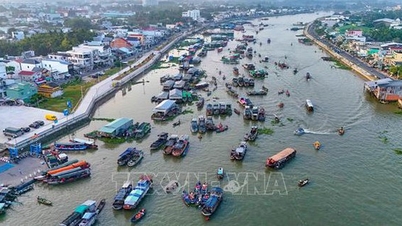





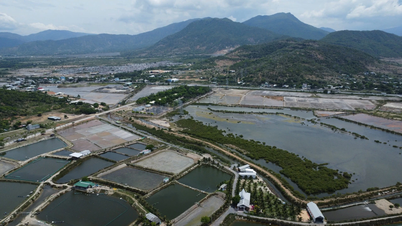







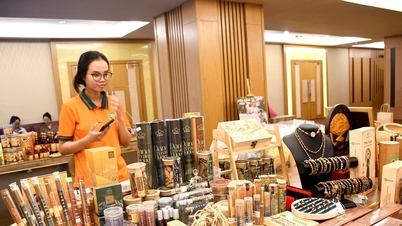



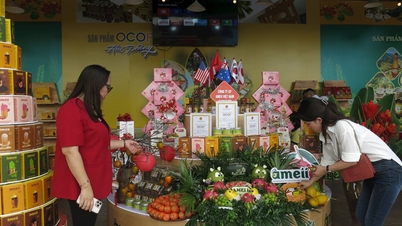


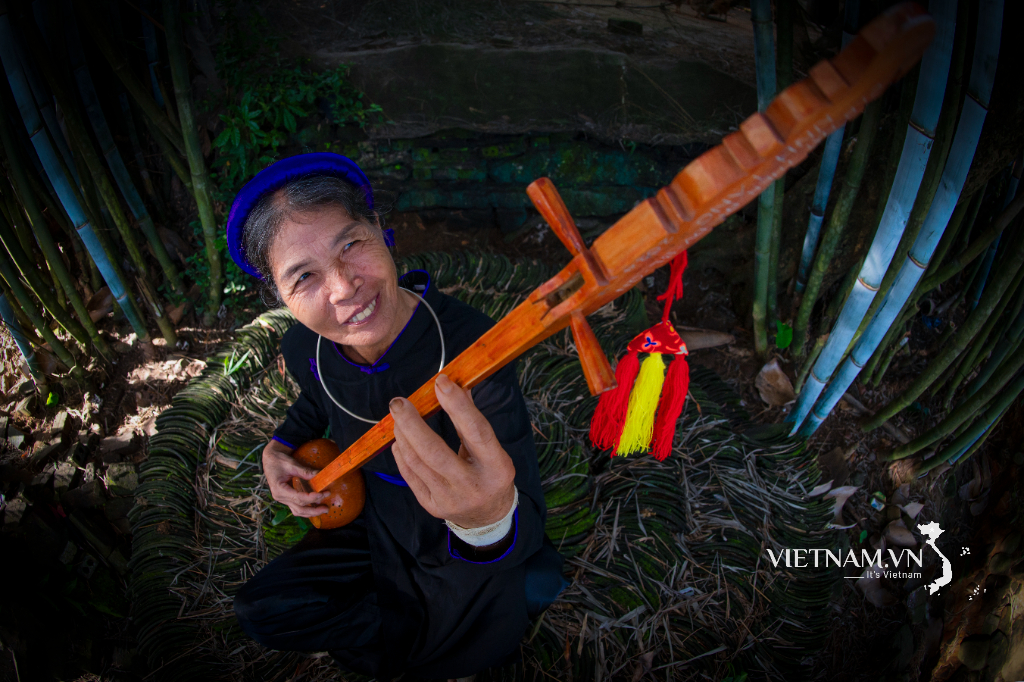
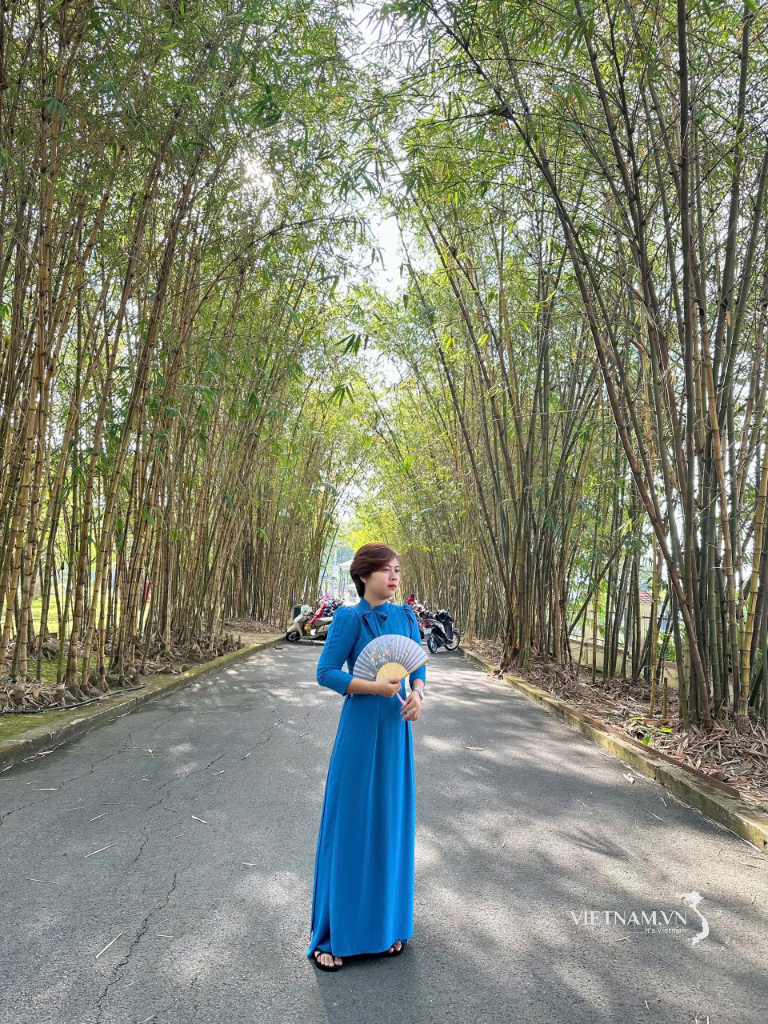


Comment (0)